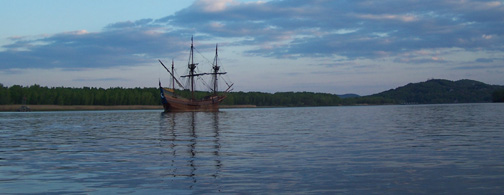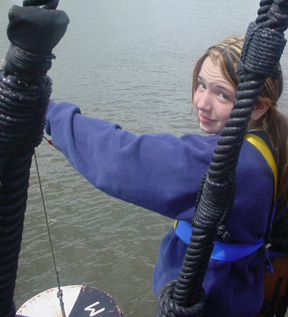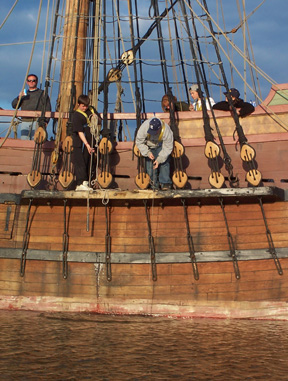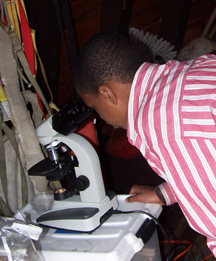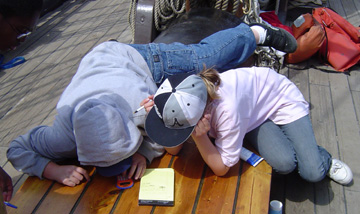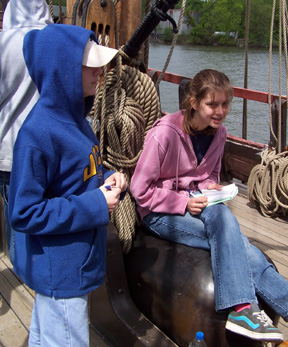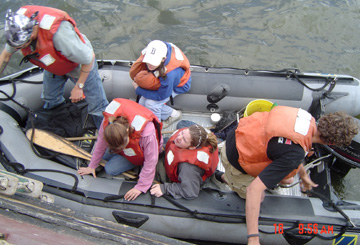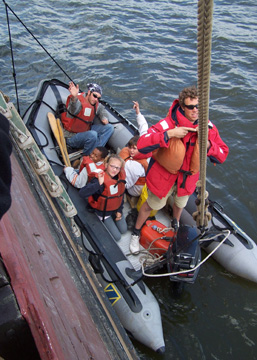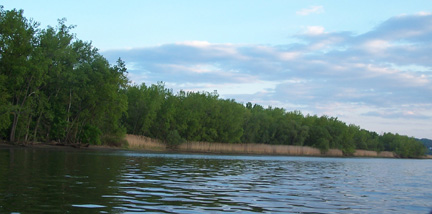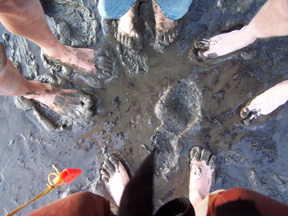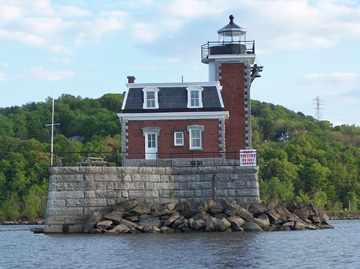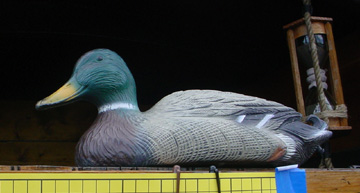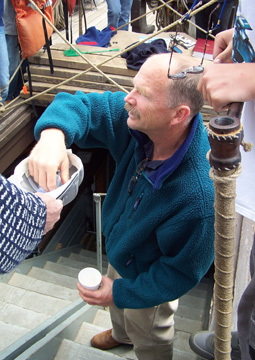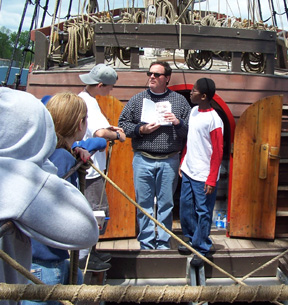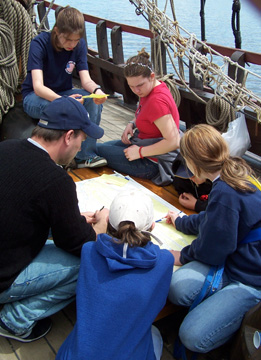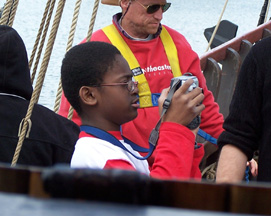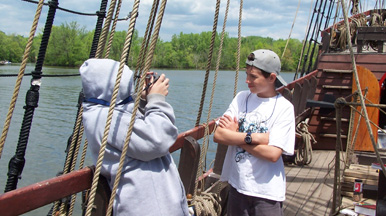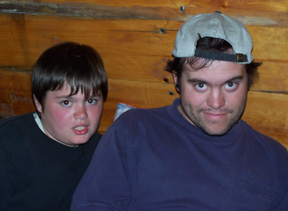 |
||
|
Daily
Log, May 18 Wednesday May 18, 2005 |
||
Morning Position |
Midday Position Athens Channel 42˚ 16.3' latitude 073˚ 48.0' longitude |
Evening Position Athens Channel 42˚ 16.3' latitude 073˚ 48.0' longitude |
|
Phew! Today is a busy day for everybody on board! We will post the full daily log later on, including some answers from our student crew to the questions you've been sending in. We’d also like to thank everyone who’s sent us questions and greetings from such far-flung locales as Albany, Schenectady, Connecticut, Vermont, Virginia, Montana, and Peru. Yes, Peru!
|
||
In the meantime, here's the day in pictures.
|
||
We spend the entire day sitting at anchor in the Athens Channel. This gives the student crew a full 24 hours to focus on their educational projects.
|
||
It's a long day for everyone. From 0800 hours to 1000 hours, the students work in two teams to gather data every half hour. |
||
When they aren't gathering information, the teams join forces to compile their data for the group presentations they will make tomorrow evening.
|
||
The day still has some room for fun, however. Captain Berg and Mr. Dawson spend the day taking groups of students out in the ship's tender. Everyone gets their turn eventually.
|
||
While zipping around in our inflatable craft, the crew members get a chance to explore the marshy areas along the channel, looking for wildlife, tidal patterns, and more.
|
||
They also get a close look at this historic lighthouse sitting at the southern end of the channel.
|
||
The students exploring the channel make several interesting finds over the course of the day. For example, an early expedition brings this decoy duck back on board. |
||
This prompts a contest to give the duck a proper name. All the students write their suggestions down. Just one catch: the name has to be for the right gender. Can the students tell whether this duck is male or female? Captain Reynolds pulls the winning name out of a hat. Congratulations to Jamar! He knows the duck has the markings of a male and soon everyone is calling our decoy "Zack the Quack."
|
||
Mr. Linehan then fetches a bird field guide we keep on board. The students learn more about duck behavor and how the hunter who left this decoy behind expected it to work. What sort of ducks was he trying to attract, and why would they be drawn to the decoy? |
||
Some students also engage in educational activities that aren't directly related to their projects (when they have the time). Those who haven't yet had the chance replicate the water salinity experiment and predict when we will arrive in Albany, based on distance and average speed. |
||
Other students relax during their moments of free time by using the ship's cameras to photograph their crewmates or by providing the ship's seldom-seen webmaster with some company.
|
||
Meanwhile, some general ship duties still need to be performed. We don't need anyone at helm or on lookout while at anchor, but Mrs. Barton still needs an assistant in the galley, and we must always keep the head clean. It's a vital job and always a fun "photo op." Eventually, 1000 hours, sunset, and dinner arrives, marking the end of a very long day for everyone. We remain at anchor in Athens Channel. Tomorrow, the students will deliver their group presentations and enjoy their final full day on board the Half Moon. |
||
